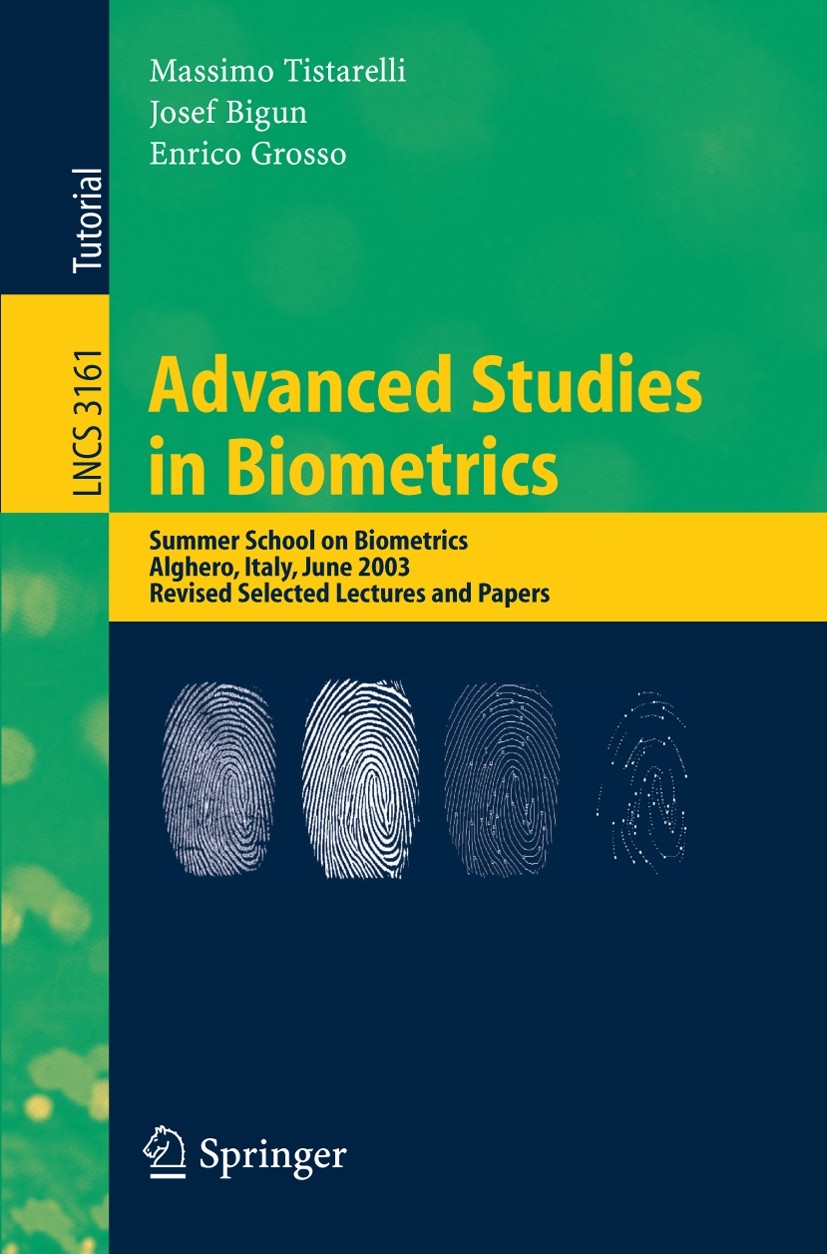| 期刊全称 | Advanced Studies in Biometrics | | 期刊简称 | Summer School on Bio | | 影响因子2023 | Massimo Tistarelli,Josef Bigun,Enrico Grosso | | 视频video | http://file.papertrans.cn/147/146248/146248.mp4 | | 发行地址 | Includes supplementary material: | | 学科分类 | Lecture Notes in Computer Science | | 图书封面 |  | | 影响因子 | .Automatic person authentication, the identification and verification of an individual as such, has increasingly been acknowledged as a significant aspect of various security applications. Various recognition and identification systems have been based on biometrics utilizing biometric features such as fingerprint, face, retina scans, iris patterns, hand geometry, DNA traces, gait, and others...This book originates from an international summer school on biometrics, held in Alghero, Italy, in June 2003. The seven revised tutorial lectures by leading researchers introduce the reader to biometrics-based person authentication, fingerprint recognition, gait recognition, various aspects of face recognition and face detection, topologies for biometric recognition, and hand detection. Also included are the four best selected student papers, all dealing with face recognition.. | | Pindex | Textbook 2005 |
The information of publication is updating

|
|
 |Archiver|手机版|小黑屋|
派博传思国际
( 京公网安备110108008328)
GMT+8, 2025-11-14 12:30
|Archiver|手机版|小黑屋|
派博传思国际
( 京公网安备110108008328)
GMT+8, 2025-11-14 12:30


